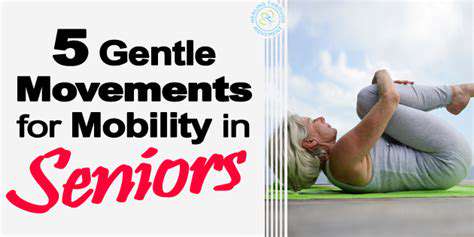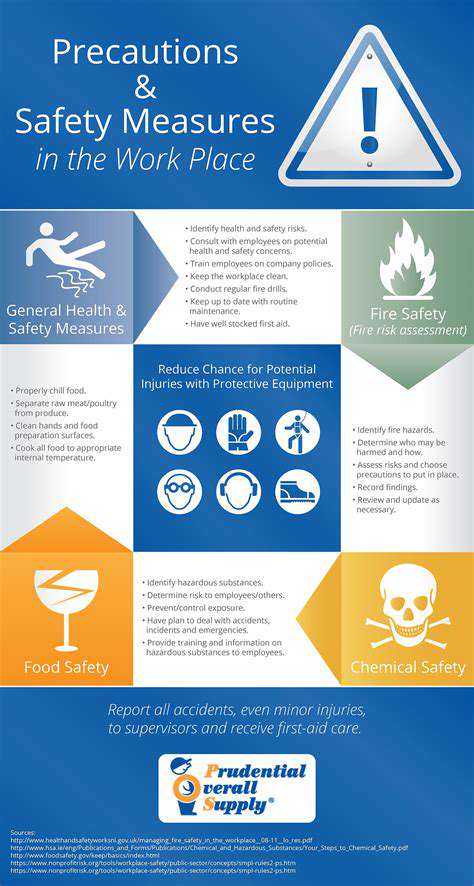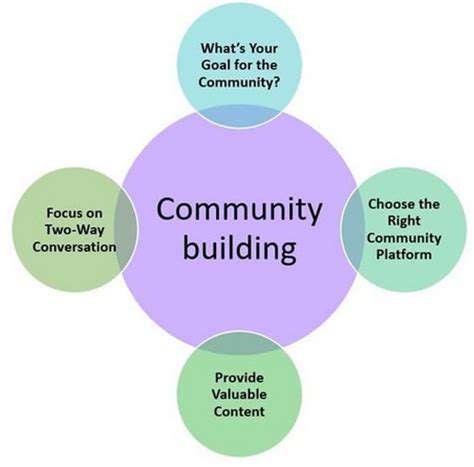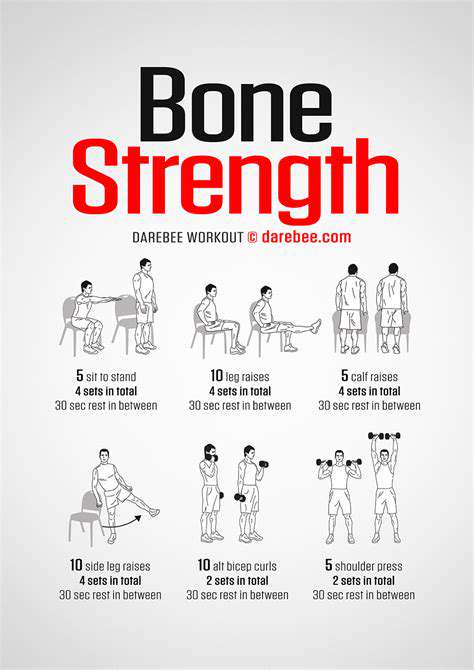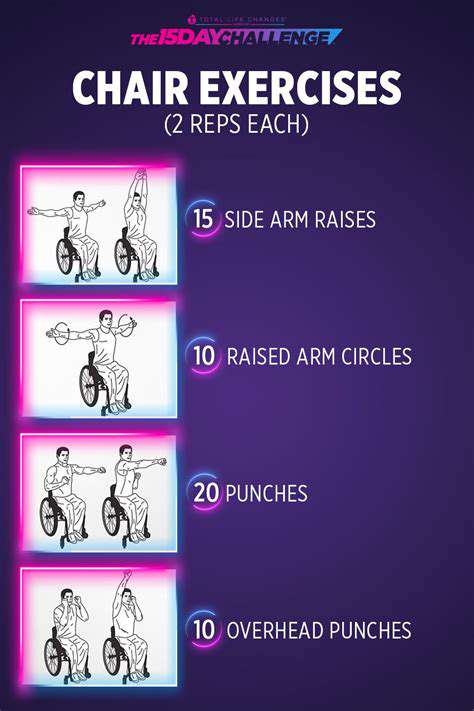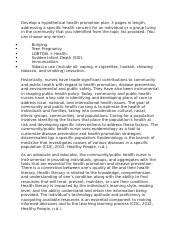Joint Friendly Cardio Exercises for Older Adults
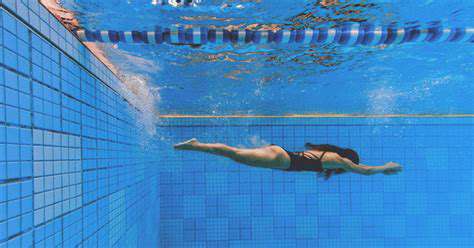
Swimming: A Full-Body Workout
Swimming stands out as one of the most complete exercises you can do, working almost every muscle group while being easy on your joints. What makes swimming special is how it builds strength without pounding your body - you get all the benefits of intense exercise without the wear and tear. Whether you're just starting or you've been active for years, the water welcomes everyone at their own pace.
As you move through the water, your heart gets an excellent workout too. The constant motion improves circulation, builds endurance, and helps your body stay lean and flexible over time.
Gentle on Your Joints
Unlike running or jumping exercises that can be hard on knees and hips, swimming lets your body float while you work out. The water supports about 90% of your weight, taking pressure off painful joints while still letting you build strength. It's perfect if you're recovering from injury or just want to stay active without discomfort.
Heart Health Benefits
Regular swimming sessions do wonders for your cardiovascular system. The combination of rhythmic breathing and continuous movement strengthens your heart muscle and improves circulation. Over time, swimmers often see better blood pressure numbers and healthier cholesterol levels - two key markers for long-term heart health.
Building Strength Naturally
Every stroke in the water works multiple muscle groups at once. Your arms pull while your legs kick, and your core stays engaged to keep you balanced. This full-body coordination creates functional strength that translates to everyday activities outside the pool.
Flexibility and Posture Improvements
The reaching and stretching motions in swimming naturally increase your range of motion. As you practice maintaining good form in the water, you'll likely notice better posture on land too - many swimmers find their back pain decreases with regular sessions.
Mental Health Advantages
There's something uniquely calming about being in the water. The rhythmic strokes and controlled breathing create a meditative state that melts away stress. Many regular swimmers report better sleep, reduced anxiety, and an overall brighter outlook after their time in the pool. It's exercise for both body and mind.
Walking and Brisk Walking: A Simple and Effective Choice
Walking: Easy Cardio for Everyone
Walking might be the most underrated exercise available to us. It requires no special equipment, can be done almost anywhere, and offers real health benefits at any pace. What makes walking remarkable is how easily it fits into daily life - you can turn a trip to the mailbox into a health opportunity.
The intensity naturally adjusts to your needs. A slow walk clears your mind, while picking up the pace gets your heart pumping. This adaptability means people at any fitness level can benefit immediately.
Taking It Up a Notch with Brisk Walking
When regular walking feels too easy, brisk walking adds challenge without complexity. The key difference comes from arm movement and purposeful strides that noticeably increase your breathing and heart rate. You'll know you're at the right pace when you can talk but would struggle to sing.
Joint-Friendly Movement
Walking's natural motion actually helps lubricate joints rather than wearing them down. The gentle impact stimulates bone strength while the rhythmic movement keeps joints flexible. For those managing arthritis or recovering from injury, walking often provides safe movement when other exercises don't.
Cardiovascular Improvements
Consistent walking, especially at a brisk pace, trains your heart to work more efficiently. Over time, this can lead to lower resting heart rates and improved circulation - two important factors in preventing heart disease.
Convenience Factor
Perhaps walking's greatest advantage is how effortlessly it integrates into existing routines. Parking farther away, taking the stairs, or walking during phone calls all add up to significant health benefits without requiring extra time.
Cycling: A Low-Impact Option for Enhanced Mobility

More Than Just Transportation
Cycling transforms ordinary trips into health opportunities. Each pedal stroke not only moves you forward but actively reduces environmental impact - making it one of the few exercises that benefits both personal and planetary health. In urban areas especially, bikes often prove faster than cars for short to medium distances.
The efficiency goes beyond speed - cycling eliminates parking hassles and fuel costs while providing reliable transportation that keeps you fit.
Whole-Body Benefits
While primarily working the lower body, cycling engages your core for balance and your arms for steering control. The cardiovascular workout strengthens your heart while the low-impact motion protects your joints. Many cyclists report better sleep and reduced stress levels as regular benefits.
Accessible to Most Budgets
Unlike many sports requiring expensive equipment or facilities, cycling can start with a simple used bicycle. Maintenance costs typically run far below car expenses, making it financially sustainable long-term.
Safety First Approach
Proper safety gear makes all the difference in cycling enjoyment. A well-fitted helmet, bright clothing, and functioning lights ensure you're visible and protected. Learning hand signals and traffic rules helps cyclists coexist safely with vehicles.
Community and Infrastructure
Many cities now recognize cycling's benefits by creating dedicated bike lanes and paths. These improvements make cycling safer and more enjoyable while connecting riders to local businesses and scenic routes.
Environmental Advantages
Choosing a bike over a car significantly reduces carbon emissions with each trip. If more people replaced just a few car trips weekly with cycling, the collective environmental impact would be substantial. The quiet operation also reduces noise pollution in neighborhoods.


